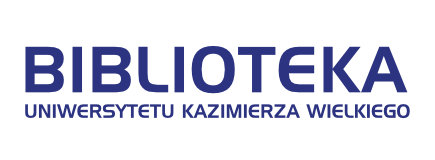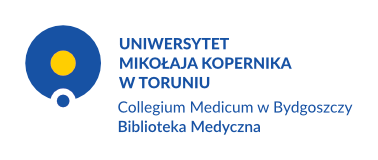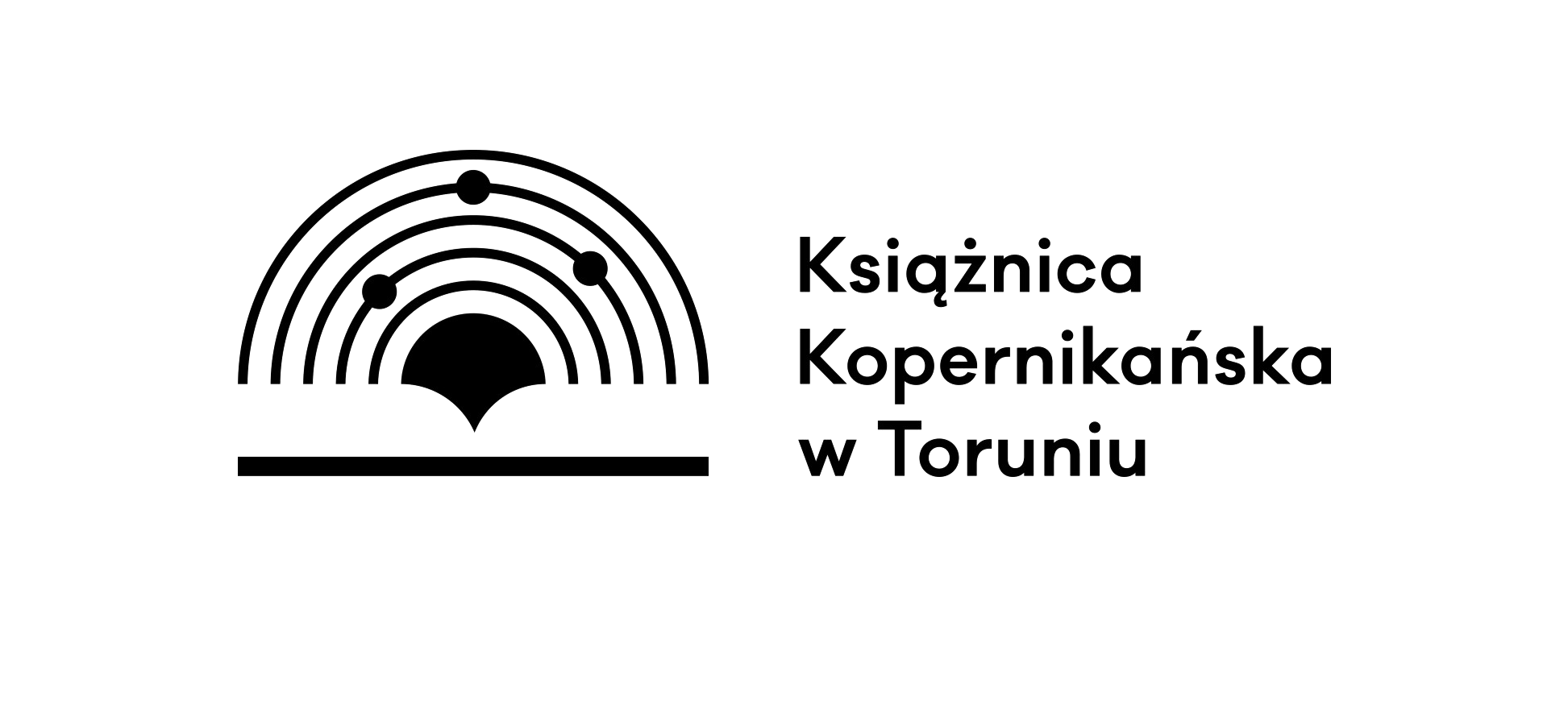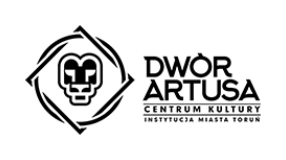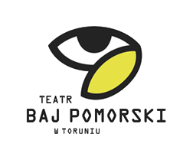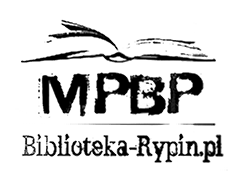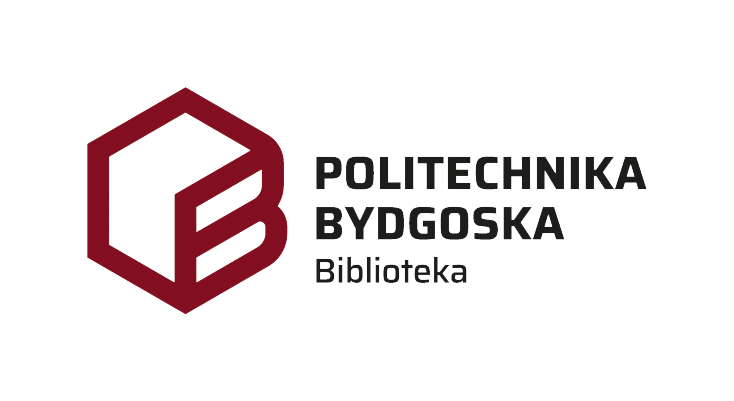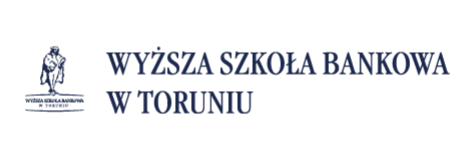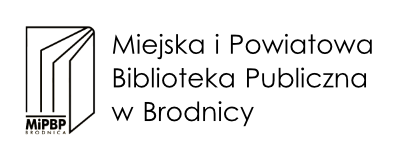Kujawsko-Pomorska Digital Library contains 263 217 digital objects
Collection
Silver Bindings From the Library of Albrecht Hohenzollern and his Wife Anna Maria
The Silver Library of Duke Albrecht Hohenzollern and his wife Anna Maria is a collection comprising silver-bound old prints, which was originally a part of the library of Duke Albrecht Hohenzollern and his wife Anna Maria and stored at the Castle in Königsberg (today’s Kaliningrad).
The Silver Library of Duke Albrecht Hohenzollern and his wife Anna Maria was created in the period between 1545 and 1562. Most of the bindings were made about 1555. The collection originally included twenty volumes and currently, the location of fifteen of them is known. Most of them (twelve bindings) are held by the University Library in Toruń. Five volumes were lost after the end of the Second World War, and their further fate is unknown. It is assumed that the bindings of the Silver Library are the crowning achievement of the Königsberg goldsmithing, which owed its heyday mostly to the first ruler of Ducal Prussia – Albrecht Hohenzollern. Compared to goldsmithing in Europe, the Silver Library is a unique phenomenon. It is characterised by high artistic values and it is one of the most valuable monuments of goldsmithing of the Renaissance. It is a unique library and museum collection on a global scale, as we do not know of any other such large collection of books that are entirely bound in silver.
Almost all of the Silver Library bindings are made by Königsberg goldsmiths: Paul Hoffmann, Hieronymus Kösler, Gerhard Lentz, Cornelius Vorwend, Jacob Binck, and at least one (or possibly several other) still anonymous craftsmen. However, there are two exceptions. One of the bindings was made by the Nuremberg goldsmith Christoph Ritter the Elder, probably in collaboration with Pankraz Labenwolf and the other one by an anonymous goldsmith from Münden in Lower Saxony. It is possible, however, that the latter one was made in Königsberg. Each of the Silver Library volumes is bound in oak boards about 4 mm thick. The books were bound and prepared for the goldsmiths by Caspar Angler, an outstanding bookbinder working in Königsberg at that time. Thin silver sheets of metal with a thickness of 3mm were applied to the board and fixed to it with nails or rivets. Each volume also had two fastenings composed of a catch and a clasp. The bindings were mainly made of silver, but iron, brass and gold were also used in their production. The weight of the preserved bindings together with the prints varies from 3 to over 6 kilograms. Several goldsmithing techniques were used in the decoration of the bindings, e.g. casting, engraving, forging, and in one case etching. The figural compositions on the bindings are usually scenes taken from the Holy Bible. The ethical theme was strongly emphasised in the iconography of bindings, which was the result of shifting the centre of focus from dogmatic to pragmatic issues in the Protestant doctrine. Among the secular representations, it is worth paying attention to the images of Albrecht, which was supposed to emphasise the rank and position of the duke and his family. The decorations of the silver bindings have clear characteristics of mainly South German and Italian art. However, this was the specificity of this genre, where the level of goldsmithing work was evidenced by the craftsmanship and not by the originality of iconography. In this case, the aesthetics of the Silver Library is within the limits set by European goldsmithing.
Silver bindings originally contained 27 printed works and one manuscript mainly of religious content, including translations of the Bible. Most of them were published between 1541 and 1557. The greatest number of works were written by Martin Luther followed by Johann Brenz, then Erasmus Sarcerius, Veit Dietrich, Filip Melanchthon, Albrecht Blanckenberg, Caspar Hüberinus, Andreas Musculus, Andreas Osiander, Ludwig Rabe, Elisabeth von Braunschweig-Lüneburg. The vast majority of works are popular Protestant literature of an edifying and didactic nature written in German. Among the numerous Protestant writers, the leading representatives of this trend are represented in the Silver Library. Duchess Anna Maria, who played the leading role in the creation of the Silver Library, in the selection of prints was guided primarily by the hierarchy of theologians prevailing at the court in Königsberg. The dominance of Luther’s works in the Silver Library is obvious, because he was not only a great Reformer, but also a friend of Prince Albrecht. The Silver Library was a collection that was intended to add splendour to the duke’s residence in Königsberg and not to be used for reading. The ducal couple had duplicates of works from the Silver Library contained in the handy leather-bound volumes which ensured much greater comfort of use.
Collections Subcollections
Collections (3)Objects Recently added
Warsztat Paula Hoffmanna, prawdopodobnie we współpracy z innym złotnikiem
Warsztat Paula Hoffmanna, prawdopodobnie we współpracy z Gerhardem Lentzem
Warsztat Hieronymusa Köslera, prawdopodobnie we współpracy z Gerhardem Lenzem
Warsztat Hieronymusa Köslera, prawdopodobnie we współpracy z Gerhardem Lenzem
Warsztat Hieronymusa Köslera, prawdopodobnie we współpracy z Gerhardem Lenzem
Anonimowy złotnik królewiecki, prawdopodobnie we współpracy z Gerhardem Lentzem
Warsztat Hieronymusa Köslera, prawdopodobnie we współpracy z Gerhardem Lenzem
Warsztat Gerharda Lentza
Warsztat Gerharda Lentza
Prawdopodobnie warsztat Hieronymusa Köslera we współpracy z Gerhardem Lenzem
Warsztat Gerharda Lentza
Warsztat Gerharda Lentza
Warsztat Paula Hoffmanna, prawdopodobnie we współpracy z innym złotnikiem
Warsztat Paula Hoffmanna, prawdopodobnie we współpracy z Gerhardem Lentzem
Warsztat Hieronymusa Köslera, prawdopodobnie we współpracy z Gerhardem Lenzem
Warsztat Hieronymusa Köslera, prawdopodobnie we współpracy z Gerhardem Lenzem
Warsztat Hieronymusa Köslera, prawdopodobnie we współpracy z Gerhardem Lenzem
Anonimowy złotnik królewiecki, prawdopodobnie we współpracy z Gerhardem Lentzem
Warsztat Hieronymusa Köslera, prawdopodobnie we współpracy z Gerhardem Lenzem
Warsztat Gerharda Lentza
Objects Most viewed
Tondel, Janusz (1946- )
Uniwersytet Mikołaja Kopernika
Schwenke, Paul (1853-1921) Lange K.
Warsztat Paula Hoffmanna, prawdopodobnie we współpracy z innym złotnikiem
Warsztat Paula Hoffmanna, prawdopodobnie we współpracy z innym złotnikiem
Warsztat Hieronymusa Köslera, prawdopodobnie we współpracy z Gerhardem Lenzem
Warsztat Gerharda Lentza
Warsztat Gerharda Lentza
Warsztat Hieronymusa Köslera, prawdopodobnie we współpracy z Gerhardem Lenzem
Warsztat Hieronymusa Köslera, prawdopodobnie we współpracy z Gerhardem Lenzem
Renk, Edward
Warsztat Hieronymusa Köslera, prawdopodobnie we współpracy z Gerhardem Lenzem
Warsztat Paula Hoffmanna, prawdopodobnie we współpracy z Gerhardem Lentzem
Warsztat Hieronymusa Köslera, prawdopodobnie we współpracy z Gerhardem Lenzem
Warsztat Hieronymusa Köslera, prawdopodobnie we współpracy z Gerhardem Lenzem
Warsztat Paula Hoffmanna, prawdopodobnie we współpracy z Gerhardem Lentzem
Anonimowy złotnik królewiecki, prawdopodobnie we współpracy z Gerhardem Lentzem
Warsztat Gerharda Lentza
Warsztat Gerharda Lentza
Warsztat Gerharda Lentza





